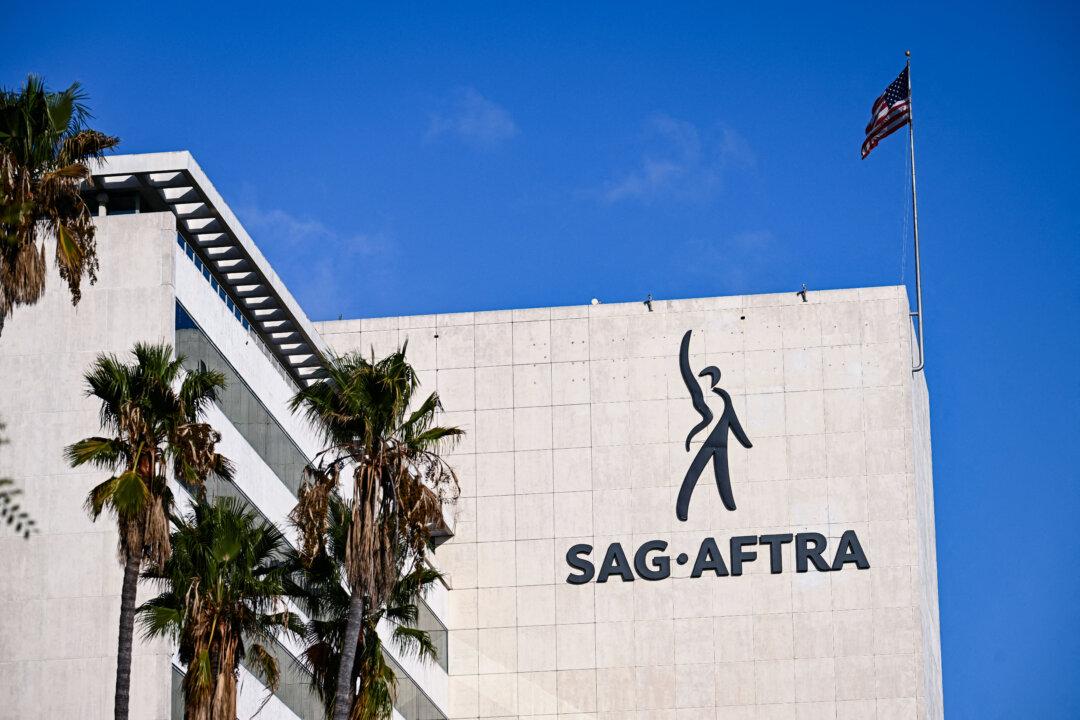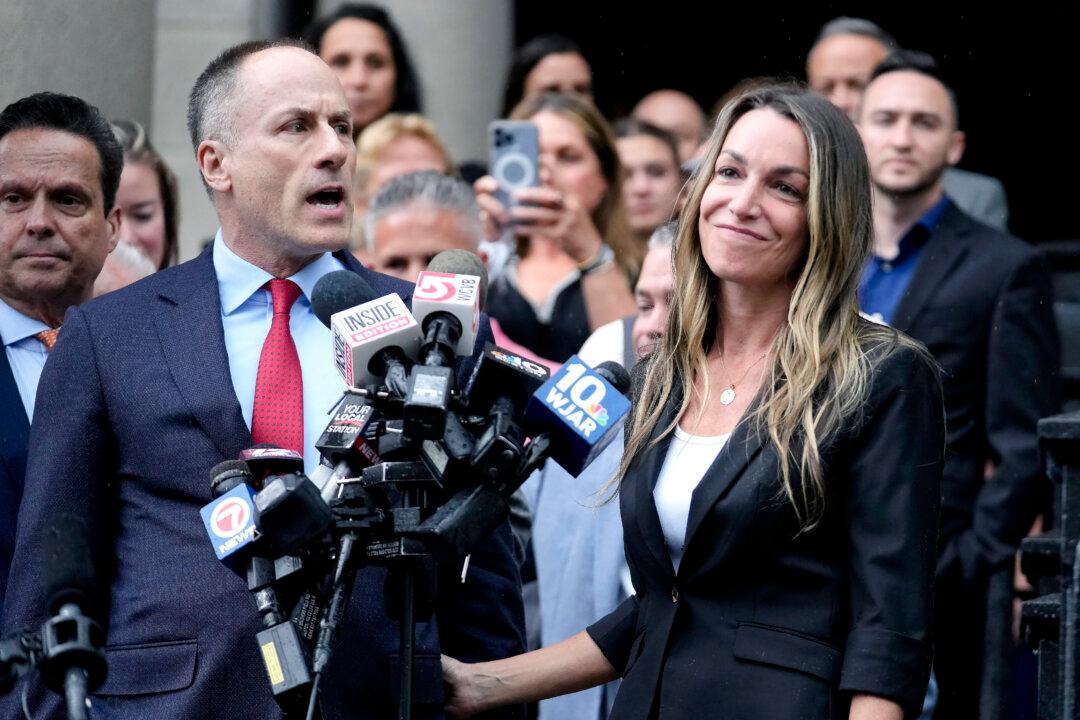Her name alone is nearly poetic, but it is history and grandeur that give Alexandra Villard de Borchgrave her befitting nomenclature.
She is the great-granddaughter of Henry Villard, a Bavarian native who came to America with only 20 borrowed dollars in his pocket—only to make groundbreaking financial ventures and become president of the Northern Pacific Railroad and owner of the New York Evening Post. He also built what has become one of Manhattan’s most recognizable architectural landmarks: the Villard Houses, a Gilded Age mansion that today houses the luxurious Lotte New York Palace hotel.
He believed so much in the greatness of America that he put his whole soul into the railway company—allowing it to complete the country’s second transcontinental railroad—and funded Thomas Edison’s early experiments in electricity, Alexandra reflected. Meanwhile, the Villard Houses remain one of the few surviving examples of stunning design by the acclaimed architectural firm McKim, Mead, and White.





